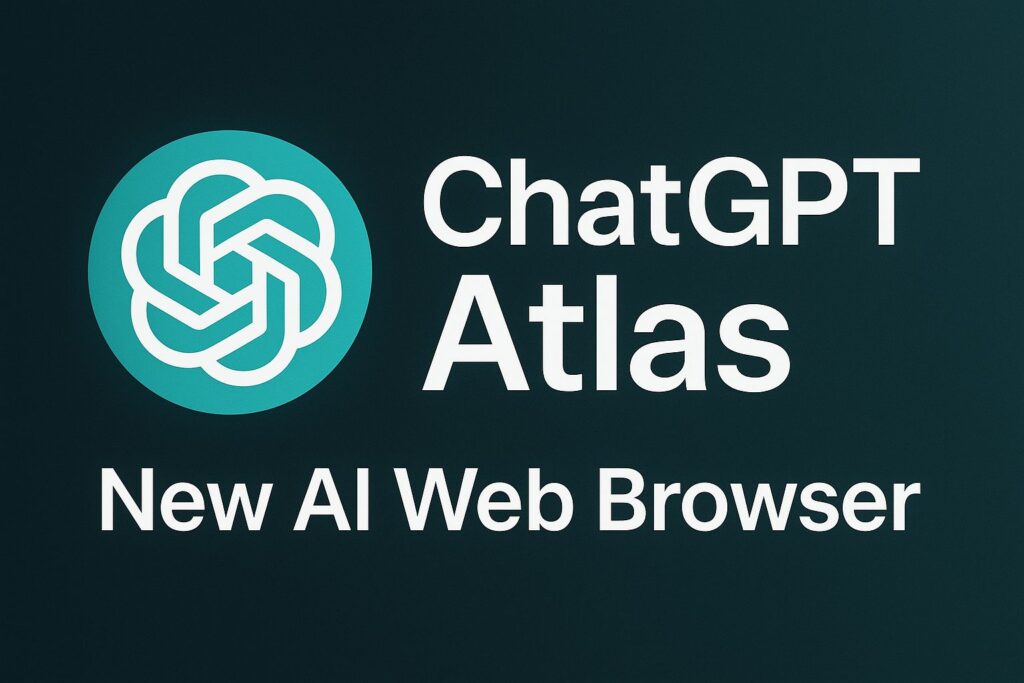As the demand for Artificial Intelligence (AI) continues to rise, tech giants Microsoft and Google are racing to develop the best AI chipset. Recently, Microsoft announced that it is working on a new AI chipset called Athena, while Google has already developed Tensor Processing Unit (TPU) for machine learning tasks. In this article, we will explore the features of these two chips and compare them to determine which one has the potential to be the best in the market.
Microsoft’s Athena: The Future of AI Chipsets?
Microsoft’s Athena is a new AI chipset that the company is developing with the goal of making it better than any other chipset present in the market. The company aims to save money and time on the costly operations of developing AI by creating a chipset that can handle massive amounts of operations while remaining efficient.
The new AI chipset, Athena, is expected to have several features that will make it stand out from its competitors. First, it will have the ability to handle large datasets, making it ideal for big data applications. Second, it will be energy-efficient, reducing the cost of operations significantly. Third, it will be customizable, allowing developers to optimize it for specific AI tasks.
The Athena chipset will also have the ability to support various AI technologies, including natural language processing, machine learning, and computer vision. This will make it versatile, allowing it to be used in a wide range of applications, including chatbots, self-driving cars, and medical diagnosis.
Google’s Tensor Processing Unit: A Powerful AI Chip
Google has already developed Tensor Processing Unit (TPU), an AI chip that is designed for machine learning tasks. The TPU is a custom-built chip that can handle massive amounts of operations and be energy-efficient at the same time.
One of the most significant features of the TPU is its ability to speed up the training of machine learning models. Google claims that the TPU is up to 15 times faster than traditional CPUs and GPUs. This makes it ideal for applications that require real-time processing, such as self-driving cars and speech recognition.
The TPU is also highly customizable, allowing developers to optimize it for specific AI tasks. It supports TensorFlow, a popular machine learning framework, making it easy for developers to integrate it into their applications.
Athena vs. TPU: Which Chipset is Better?
Both Athena and TPU have their strengths and weaknesses, and it is difficult to determine which one is better. However, Athena has several features that make it stand out from TPU.
First, Athena is expected to be more customizable than TPU, allowing developers to optimize it for specific AI tasks. Second, it is expected to be more energy-efficient than TPU, reducing the cost of operations significantly. Third, Athena will be versatile, supporting various AI technologies, including natural language processing, machine learning, and computer vision.
In contrast, the TPU is faster than traditional CPUs and GPUs, making it ideal for real-time processing. It also supports TensorFlow, a popular machine learning framework, making it easy for developers to integrate it into their applications.
Conclusion
The race for the best AI chipset is on, and both Microsoft and Google are in the lead. While Google’s TPU is already in the market, Microsoft’s Athena is still under development. However, the features of Athena make it a strong competitor to TPU.
Both chips have their strengths and weaknesses, and the best one will depend on the specific AI task. However, Athena’s expected customizability, energy efficiency, and versatility make it a strong contender for the best AI chipset. We are excited to see what the future holds for these AI giants and their respective chipsets.
Discover more from TechResider Submit AI Tool
Subscribe to get the latest posts sent to your email.





